More than an astounding $1.8B in royalties have been paid to creators of Ethereum-based NFT creators so far. According to a detailed report from Galaxy Digital, a crypto firm, this news is a super exciting development in the NFT space. In addition to this number, the average royalty percentage paid to creators on OpenSea has increased to 6% over the last year. Previously, it was just 3%. Let’s take a look at this report and what this may mean for NFT creators in the future.
How Do NFT Royalties Work?
When you think of royalties, you will think of creative royalties for books, music, and film. NFT royalties have been an opaque aspect of NFT trading; until recently. Sellers pay for royalties, not buyers. Additionally, royalties are not determined and programmed at the token/smart contract level. Ethereum’s transfer function cannot generally be relied on to calculate royalty payments, as it’s also used when collectors transfer NFTs between wallets. An NFT royalty can only be programmed into a smart contract if the program knows when the owner was transferring an asset, or sending an NFT to a buyer.
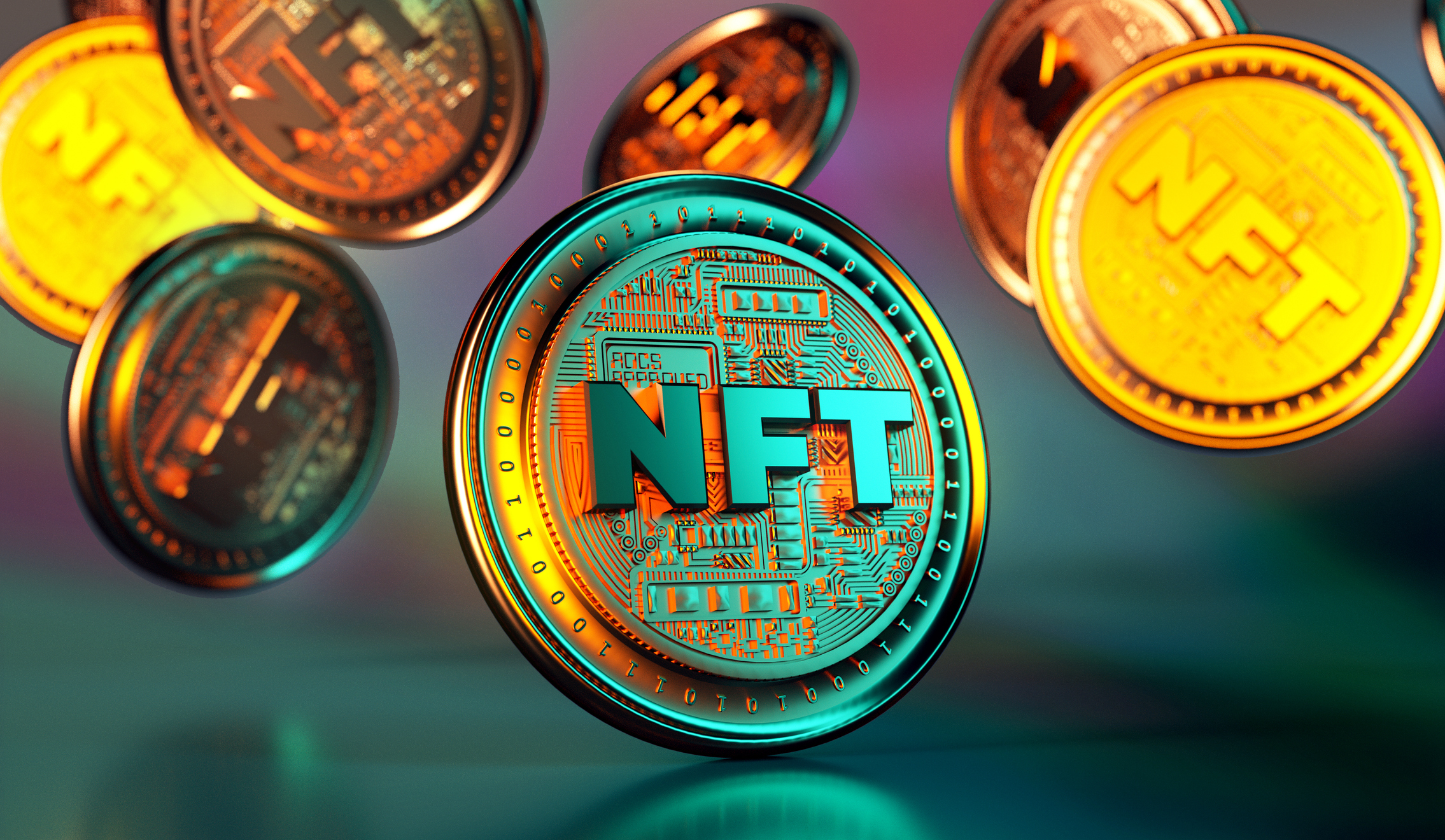
NFT royalties are more socially enforced than contractually. For this reason, marketplaces choose to fund creators by disbursing royalties on their behalf, leading to a royalty payment solution that entices creators with ongoing royalties. However, the way royalties are given out is continuously changing, so let’s take a look at OpenSea.
OpenSea accounts for over 80% of NFT marketplace volume, with a common royalty distribution method that is often seen for other NFT marketplaces. Creator royalties are defined at the collection level and are set up by the collection owner. Creators associate their wallet address with the collection, ensuring they receive regular royalties at intervals. These royalties typically range from 2.5% to 10% of the original price of the NFT.
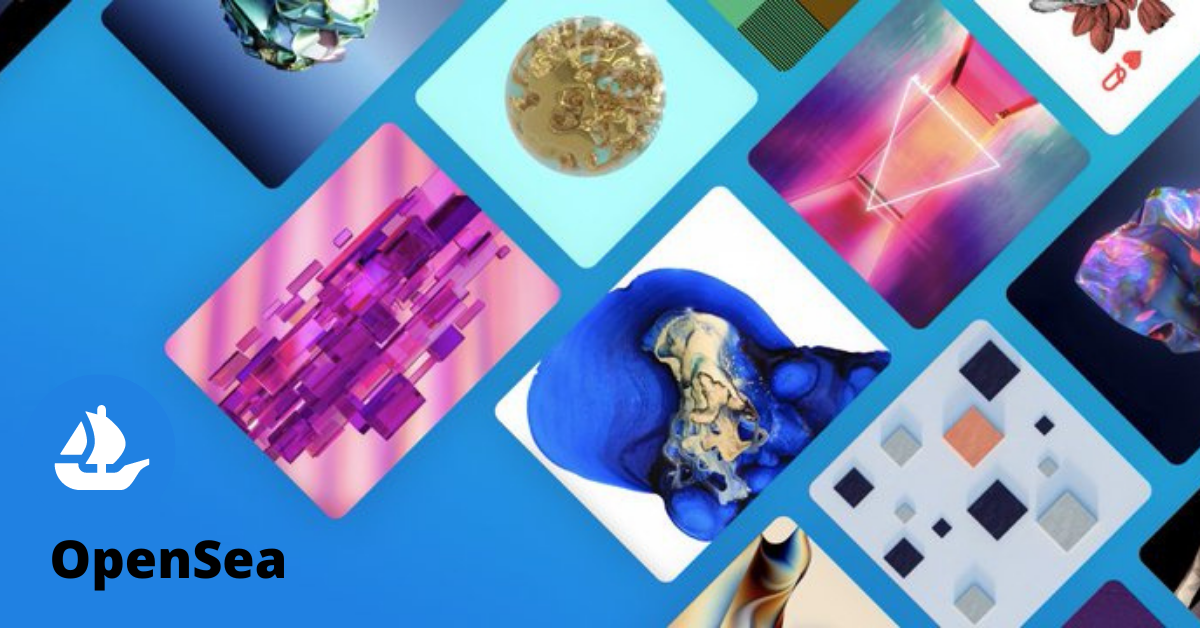
Top 10 Entities Earning Creator NFT Royalties
Whilst the calculation may not be perfect, the report published data on the top 10 entities earning creator royalties. At number one, we have Yuga Labs, earning a huge $147m in royalties. Next, we have Art Blocks, earning $82m. Next, we have OpenSea Storefront Creator, with $76m in royalties. These are just the top four, but overall the list equates to just under half a billion worth of royalties. These 10 entities hold 27% of the total royalty payment market share, with the creator of Bored Ape Yacht Club coming first. Additionally, 482 NFT collections accounted for 80% of all royalties earned in the report.
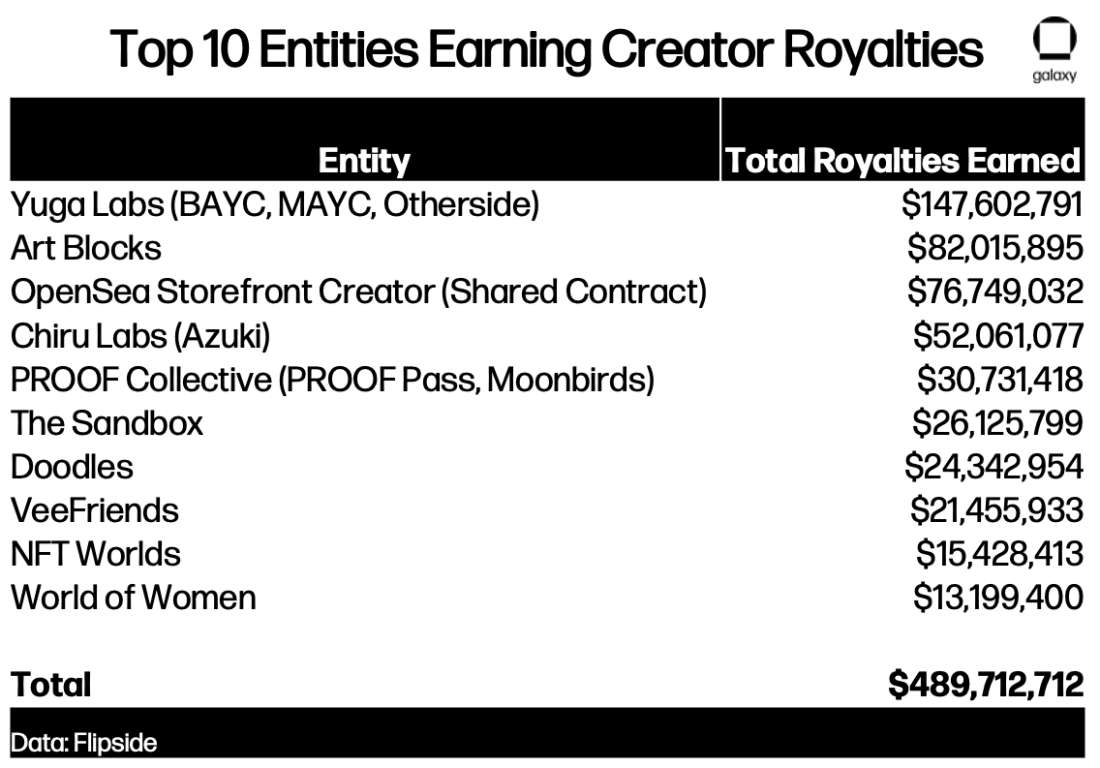
$1.8B in Royalties Have Been Paid to NFT Creators
In the report, the $1.8B in royalties includes all payments that have ever been distributed to NFT creators. The report mentioned above calculated the top 10 entities alone, with how much the earnings equate to. The top 10 alone already equates to half a billion, meaning the rest adds up to the huge amount of $1.8B.
According to data from Dune Analytics, mentioned in the report, Nike made just under $100m in royalties with their digital collectible startup RTFKT. Other global brands, such as Gucci and Adidas, are integrating NFTs into their business models, making money from the royalties. A huge debate is whether platforms should require resale royalties and whether artists should elect their own royalty allocations. Some businesses are choosing this, as X2Y2 has shifted to an optional royalty payment structure for buyers.
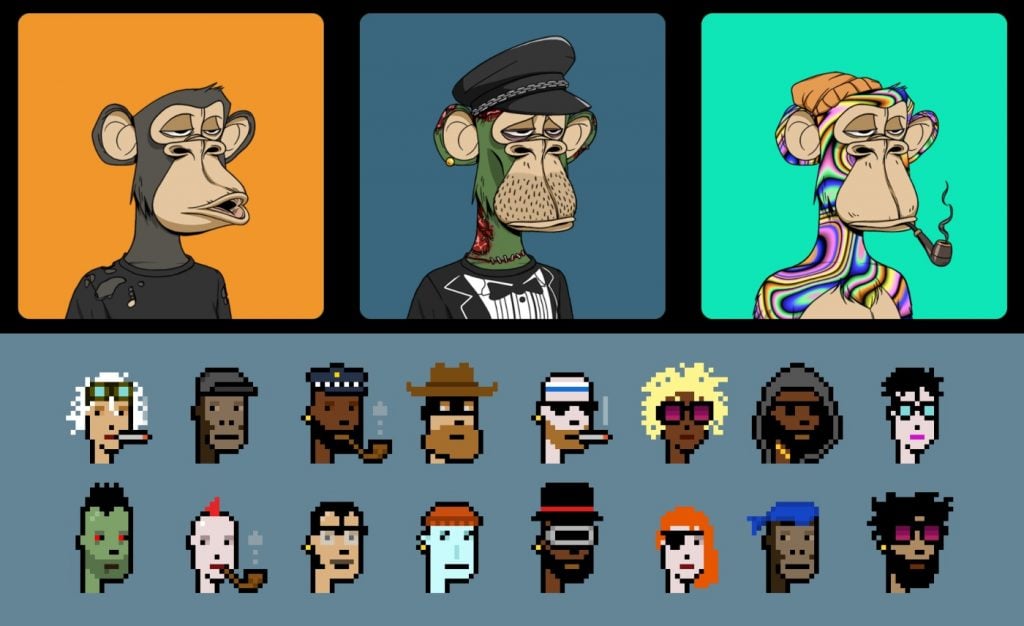
How Do NFTs Work?
NFTs are non-fungible tokens, and they can be created by anyone. Although they can be created by anyone, they require a lot of work and knowledge of blockchain technology. Typically, NFTs are in the form of digital artwork. However, at times, there are video NFTs, audio NFTs, and other digital items. The goal of an NFT is to create a piece of totally unique artwork. NFTs provide value to the creator through their creative time and efforts, as well as value to the owner/buyer. Once you own an NFT, you can trade them for cryptocurrency based on its value and rarity.
How Are NFTs Created?
NFTs are created by designing a piece of digital art. Once this aspect is covered, a blockchain is required. Choosing a blockchain is important, and there are several to choose from. The most popular blockchain for NFTs is the Ethereum blockchain. By utilizing the ERC-721, the metadata of the NFT can be stored on the blockchain. This smart contract can safely hold any security details, financial information, and ownership data in the blockchain.

Once a blockchain has been determined, you will need to choose a digital wallet. The digital wallet should support the blockchain where you store your NFT. In order to create a wallet, it’s necessary to download a crypto wallet app and set up your account. Popular wallet options include MetaMask, Coinbase Wallet, and Ledger Nano X. Digital money requires a digital wallet, and there should be enough currency in your wallet to cover NFT fees.
Afterward, simply link your account to your wallet, and mint the NFT to the NFT marketplace. Set initial prices, or opt for an auction sale.




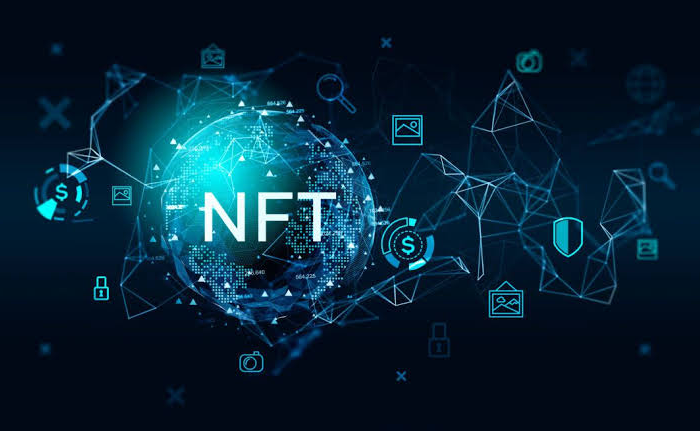







No Comment! Be the first one.